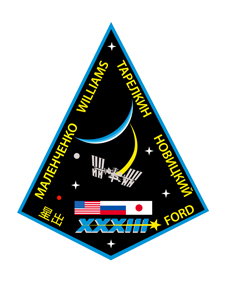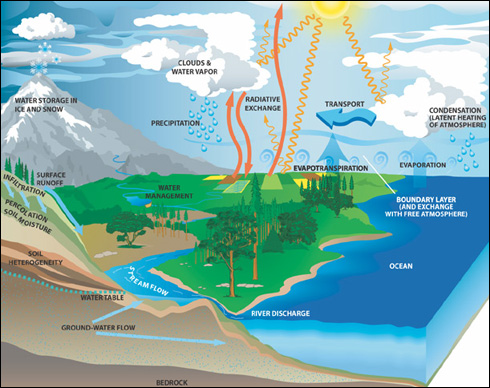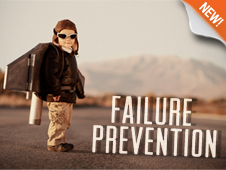You know how your students ask, “When am I ever goingto use this?” It’s a legitimate question. When they don’t see a use for aconcept, they won’t believe it’s worth learning. You may ask yourself the samequestion when you look at the DIY Podcast: Failure Prevention module. If youdon’t think the module has a practical application, you won’t use it.
The Failure Prevention module can be used to support severalstandards and benchmarks of the InternationalTechnology and Engineering Educators Association’s Standards for TechnologicalLiteracy:
Standard 2,Benchmark Q: Malfunctions of any part of a systemmay affect the function and quality of the system.
Standard 2,Benchmark DD: Quality control is a planned processto ensure that a product, service, or system meets established criteria.
Standard 7,Benchmark C: Many inventions and innovations haveevolved using slow and methodical processes of tests and refinements.
Standard 7,Benchmark G: Most technological development hasbeen evolutionary, the result of a series of refinements to a basic invention.
Standard 9,Benchmark E: Models are used to communicate andtest design ideas and processes.
Standard 9, Benchmark H: Modeling,testing, evaluating, and modifying are used to transform ideas into practical solutions.
Standard 9,Benchmark K: A prototype is a working model used totest a design concept by making actual observations and necessary adjustments.
Standard 10: Students willdevelop an understanding of the role of
Alt tag: NASA technicians prepare to test a MD-500 helicopter with four crash test dummies inside
|
|
troubleshooting,research and development, invention and innovation, and experimentation inproblem solving.
Standard 11Benchmark K: Test and evaluate the design inrelation to pre-established requirements, such as criteria and constraints, andrefine as needed.
Standard 11Benchmark O: Refine a design by using prototypesand modeling to ensure quality, efficiency, and productivity of the finalproduct.
Standard 11Benchmark P: Evaluate the design solution usingconceptual, physical, and mathematical models at various intervals of thedesign process in order to check for proper design and to note areas whereimprovements are needed.
Standard 12Benchmark M: Diagnose a system that ismalfunctioning and use tools, materials, machines, and knowledge to repair it.
Standard 12Benchmark N: Troubleshoot, analyze, and maintainsystems to ensure safe and proper function and precision.
Your students can become more technologically literate asthey create a project using the Failure Prevention module.
DIY Podcast: Failure Prevention
DIY Podcast Home
Please Note: If you leave a comment, do not include a link to your blog or other websites. We typicallywon’t be able to approve your comment if you add a URL.


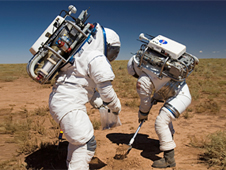 The new module features NASA experts who make human exploration possible. We have highlighted each of them in previous modules. But in this one, the experts talk more about what they do on their jobs and how they came to that position. They describe some of the most interesting things they have done while working at NASA. Everyone has a story.
The new module features NASA experts who make human exploration possible. We have highlighted each of them in previous modules. But in this one, the experts talk more about what they do on their jobs and how they came to that position. They describe some of the most interesting things they have done while working at NASA. Everyone has a story.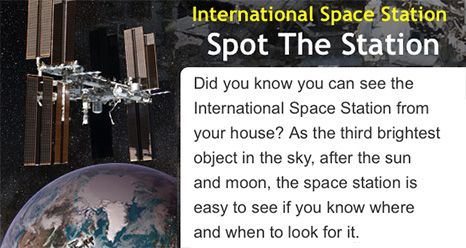 But what if you don’t have either?
But what if you don’t have either?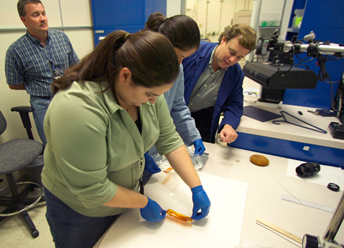 the Failure Prevention module, she described the job that she and her teammates do in the failure analysis lab as NASA’s version of detective work. In their interviews, Long and materials engineer Clara Wright both mentioned something about their childhoods
the Failure Prevention module, she described the job that she and her teammates do in the failure analysis lab as NASA’s version of detective work. In their interviews, Long and materials engineer Clara Wright both mentioned something about their childhoods 